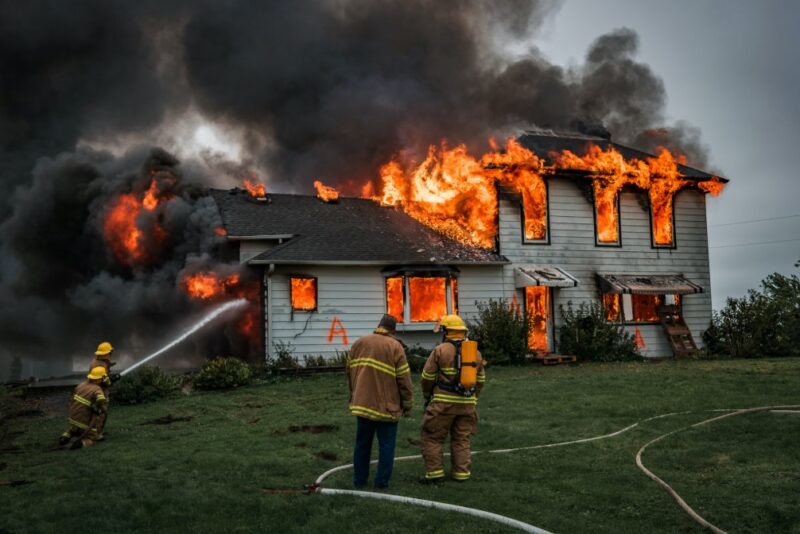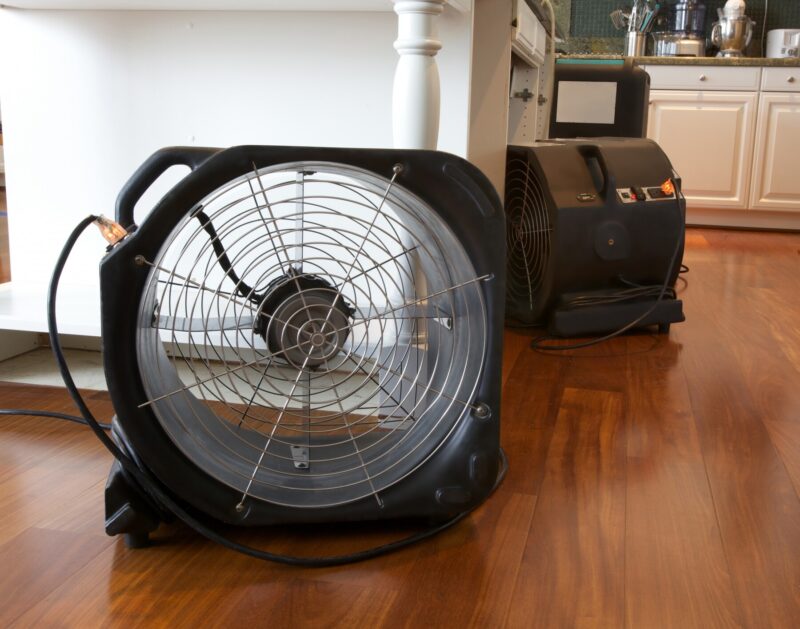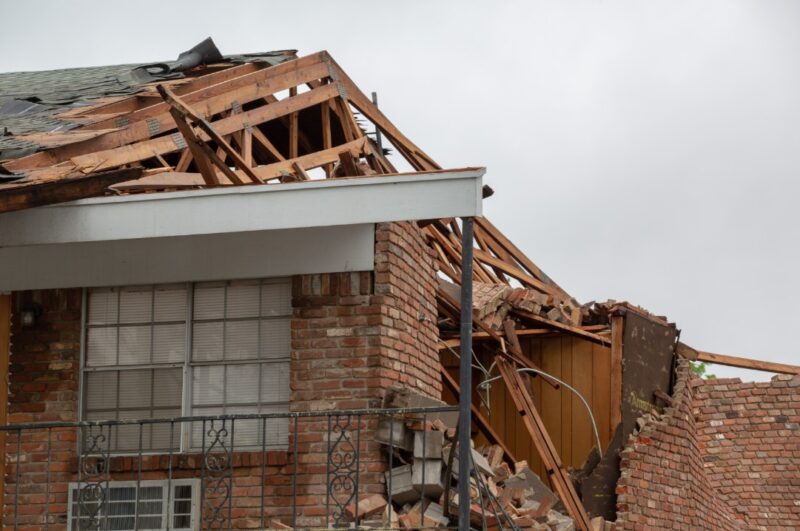When disaster strikes, whether it’s a fire, flood, storm, or another major incident, the aftermath can feel overwhelming. Seeing a property you care about damaged is hard enough; figuring out how to clean up, restore, and move forward adds another layer of stress.
The good news? With the right approach and support, you can get your property back to a safe, livable state.
This guide walks you through practical steps, professional tips, and things you shouldn’t overlook during the restoration process.
Key Highlights
- Act fast to prevent further property damage after an incident.
- Safety checks are the first priority before any cleanup or repairs begin.
- Documentation is essential for insurance and legal purposes.
- Professional help is often necessary for hazardous cleanup or structural repairs.
- Restoration involves more than cleaning; it’s about making your property safe and functional.
- Communication with insurers and contractors will speed up the process.
First Steps After the Incident
The initial hours after a major incident can feel chaotic, but what you do first makes a difference. Your main focus should be safety. Before entering the property, check with emergency services or structural engineers that it’s safe to do so.
Even if damage looks minor from the outside, hazards like weakened floors, gas leaks, or exposed wiring might not be obvious at first glance.
Once you’re cleared to enter, document everything. Take detailed photos and videos of the damage before moving or cleaning anything. This record is vital for insurance claims and any legal steps that may follow.
Keep a log of conversations with emergency services, insurers, and contractors; it helps avoid misunderstandings down the line.

When Professional Help Is a Must
There’s a lot you can do on your own during property restoration, but some tasks are best left to professionals. This is especially true when dealing with biohazards, chemical contamination, or structural damage.
In cases involving trauma scenes, unattended deaths, or hazardous spills, you need professional crime scene cleaners. These experts are trained to safely remove biohazards, decontaminate affected areas, and ensure the property meets health and safety standards.
Beyond that, structural engineers, licensed electricians, and plumbers should assess and repair major damage. Trying to handle these issues alone can lead to bigger (and costlier) problems later.
Cleaning and Drying Out the Property
If your property has suffered water damage, whether it’s from flooding, firefighting efforts, a burst pipe, or even a leaking roof, drying it out quickly is the most important. The longer moisture lingers, the more you risk serious issues like mold growth, wood rot, and hidden structural damage that can weaken your home over time.
So where do you start? If you’re dealing with standing water, make sure the electricity is off in the affected areas before stepping in. Water and electricity are a dangerous mix.
Here’s a basic plan to get the drying process going:
- Ventilate the space as much as you can. Open windows and doors if it’s safe, and create airflow to help moisture escape. If the weather allows, fans in windows pointing outwards can help push damp air outside.
- Remove standing water fast. A wet/dry vacuum or a submersible pump (which you can rent from many hardware stores) can make this job much easier. The faster you get rid of pooling water, the better.
- Use dehumidifiers and industrial fans. These help pull moisture from the air and surfaces. Place them in the hardest-hit areas, and run them non-stop for several days if needed. Don’t underestimate how long drying takes, sometimes it’s a week or more.
- Check hidden spots for moisture. Water loves to seep into places you can’t see easily: behind walls, under floorboards, inside cabinets, and in insulation. If you skip these, mold can quietly take hold. A moisture meter (inexpensive and easy to use) can help identify problem spots.
When it comes to fire damage, the cleanup brings its own set of challenges. Soot and ash can spread far beyond the actual fire, settling on surfaces and into crevices. If left, soot can corrode metals, permanently stain walls, and leave a lingering smell that’s tough to remove.

Here’s some practical advice:
- Wear protective gear—gloves, a mask, and safety glasses, before handling debris or cleaning soot.
- Use a vacuum with a HEPA filter to remove loose soot. Avoid wiping soot with a dry cloth, as that can smear it and make stains worse.
- If the damage covers large areas, or if the smell persists despite your best efforts, consider bringing in fire damage cleaning specialists. They have equipment like ozone machines or thermal foggers that can tackle what household cleaning can’t.
Finally, don’t rush to rebuild before everything is completely dry and clean. Covering up damp or soot-stained areas too soon can trap damage and lead to bigger problems later. Take the time now—it’ll save you money and headaches down the line.
Structural Repairs and Renovations
Once the site is clean and dry, the focus shifts to rebuilding. The extent of repairs will depend on the type and severity of damage. This could involve:
- Replacing damaged walls, floors, or ceilings
- Rewiring electrical systems
- Repairing plumbing or HVAC systems
- Replacing windows, doors, or roofing
It’s smart to work with licensed contractors for this stage. They’ll ensure repairs meet local codes and safety standards. Get written estimates and timelines from at least two or three companies so you can compare.
Dealing With Insurance and Paperwork
Working through insurance can feel like a second job, but staying organized makes a big difference. Notify your insurance company as soon as possible after the incident. Submit all documentation (photos, receipts, written reports) they ask for.
Don’t rush into agreements or settlements; make sure the adjuster has assessed all damage before you sign anything. It’s okay to ask questions if something in your policy isn’t clear.
Tip ─ Keep copies of everything. This includes claim forms, emails, letters, and payment records.

How to Secure Your Home So This Doesn’t Happen Again
Restoring your property is a huge step, but once that’s done, it’s worth thinking about how to protect it for the future. No one wants to go through the stress of major damage twice. A few smart upgrades now can make your home safer and give you peace of mind if disaster ever strikes again.
Here are some practical ways to make your home more resilient:
- Strengthen your roof, windows, and doors. If they held up well during the last incident, great, but if they didn’t, look at options designed to withstand storms, fire, or break-ins.
- Upgrade your electrical system. Old or overloaded wiring is a common fire risk. A licensed electrician can spot weaknesses and make sure your system is up to modern safety standards.
- Add flood barriers or improve drainage. If water is the problem, small changes like better landscaping, drainage channels, or barriers can go a long way toward keeping future floods at bay.
- Install a home security system. Even basic alarm systems or cameras can deter break-ins and give you early warnings if something’s wrong.
One more tip: these improvements can sometimes lower your insurance costs. It’s worth checking with your insurer to see what upgrades they recommend, and if they offer discounts for putting those safety measures in place.
Final Thoughts
Going through a major incident that damages your home is one of the hardest things anyone can face. It’s not just about the building itself; it’s about losing the place where you felt safe, the memories tied to it, and sometimes even the things that mattered most to you. That’s a heavy weight to carry, and it’s okay to feel overwhelmed.
But here’s the good news: recovery is possible. Step by step, with patience and the right support, you can rebuild. You don’t have to do it all at once, and you don’t have to do it alone. Every repair, every cleaned-up corner, every decision you make brings you closer to having a safe, welcoming home again.
It may take time, but brighter days are ahead. And while it might not look exactly the same as before, what you create in its place can be just as meaningful, a fresh start, built stronger than before.

